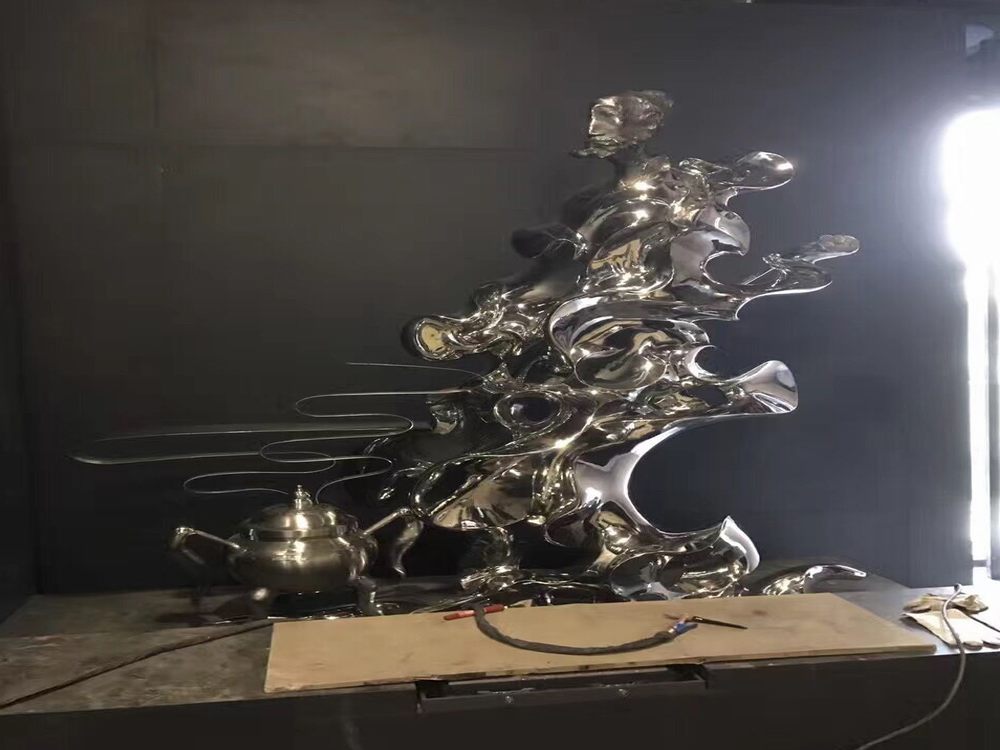
The concept of ephemeral beauty takes on contrasting forms in porcelain, ice, and snow sculptures, each medium offering a unique perspective on temporality in art. Porcelain sculptures, though fragile, endure for centuries when preserved, their delicate craftsmanship capturing a moment of perfection frozen in time. In contrast, ice and snow sculptures embrace their fleeting nature, their very impermanence becoming part of their artistic statement - dazzling under sunlight only to return to water within days or hours.
Porcelain's beauty lies in its paradoxical nature: appearing weightless yet possessing physical permanence, its translucent quality mimicking winter's fragility without winter's transience. The artform demands meticulous skill, with each piece representing countless hours of labor that will theoretically last forever if undisturbed. This creates a different kind of tension between the artist and time compared to frozen mediums.
Ice sculptures, carved from frozen water, sparkle with crystalline immediacy but exist in constant dialogue with their environment. Their beauty peaks during their melting process, as dripping edges create evolving shapes unpredictable even to their creators. Snow sculptures possess even greater ephemerality, their soft edges blurring hour by hour, their white surfaces absorbing and reflecting light differently as temperatures fluctuate.
The emotional impact differs significantly. Porcelain invites careful contemplation, knowing the artwork will remain unchanged for future generations. Ice and snow creations generate urgency - viewers must appreciate them now, creating powerful shared moments of collective witnessing. This temporal dimension makes frozen sculptures particularly poignant for commemorating events or celebrating winter festivals.
Ultimately, porcelain captures the idea of ephemerality through materials meant to last, while ice and snow embody actual physical transience. Both approaches celebrate beauty's fragile nature, asking us to value artistry whether preserved in kiln-fired clay or vanishing in sunlight's warmth.

